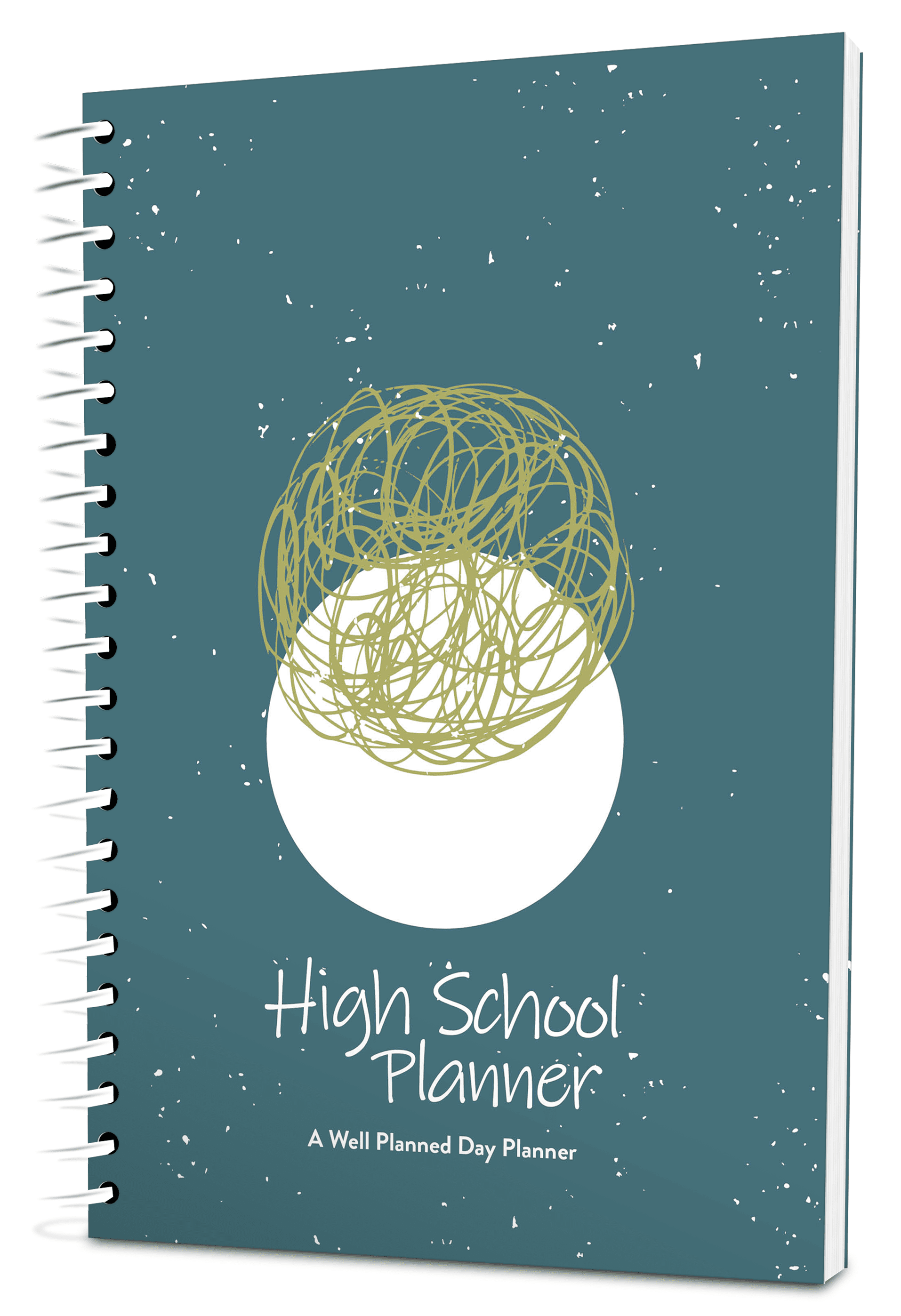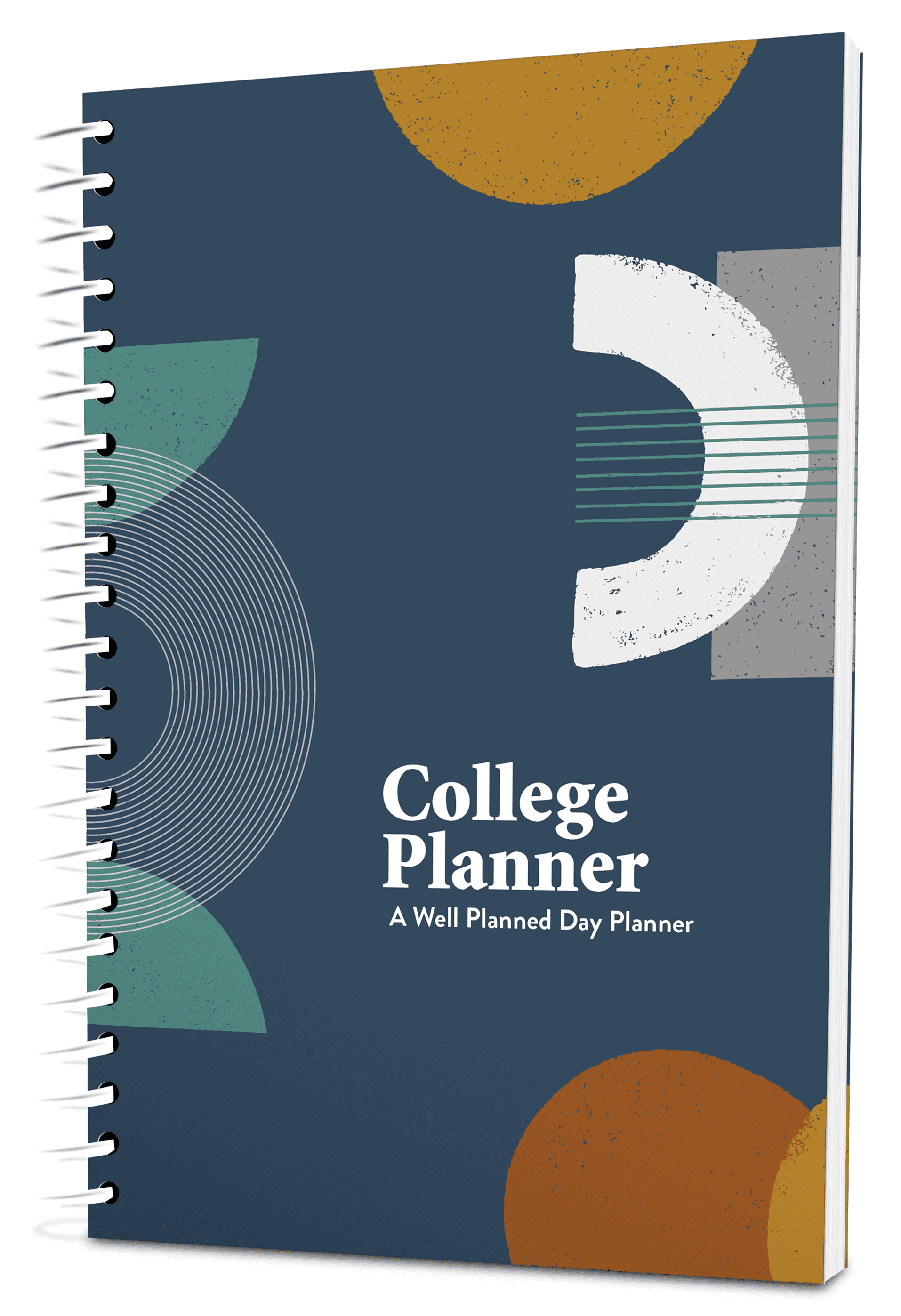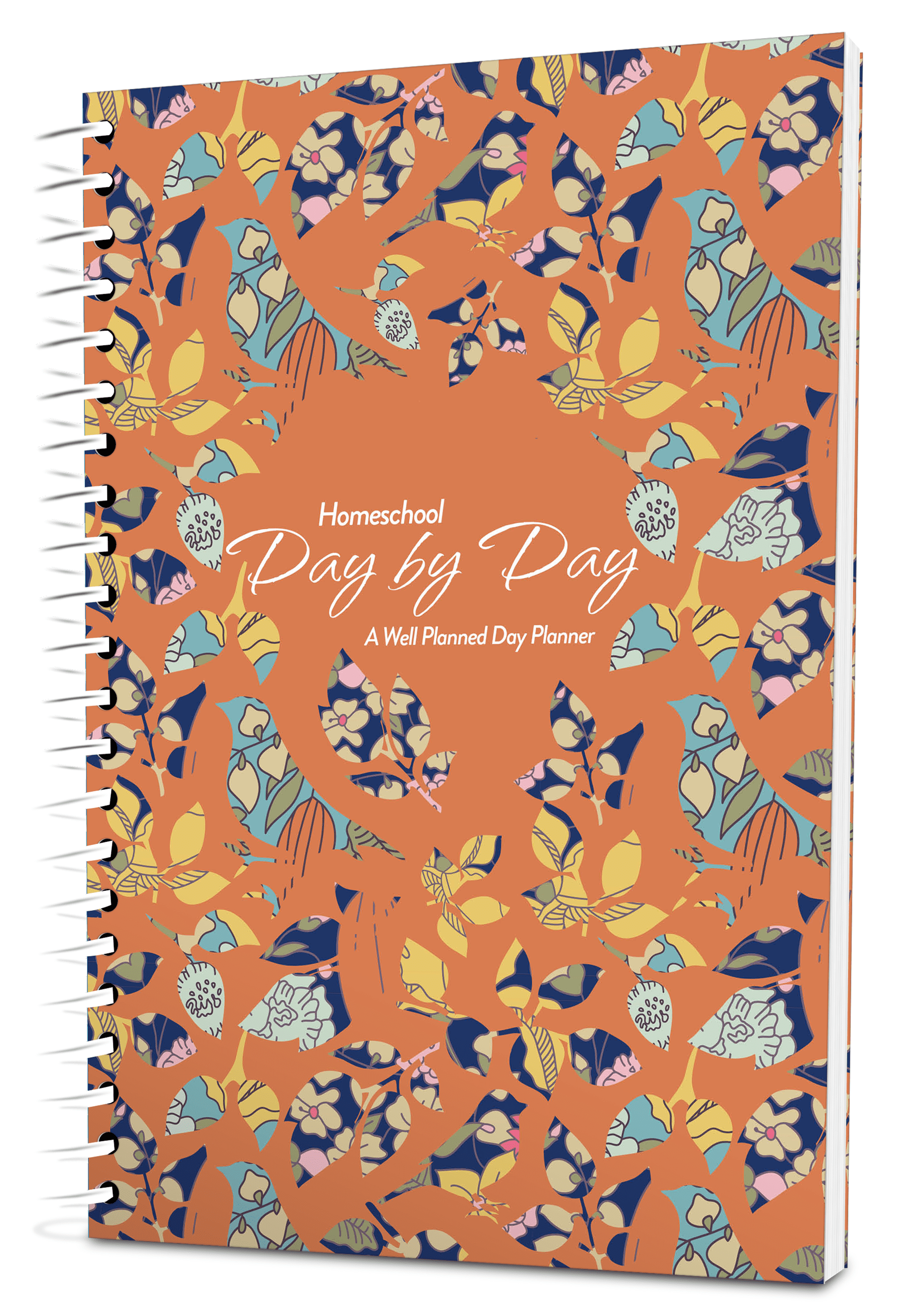Do you ever feel trapped by your schedule? I have a confession to make. Even Type A planner lovers can feel trapped if we’re not careful!
Because of this, sometimes we wonder if our planners truly help or if they end up just being a noose around our necks, tying us to a schedule and plan.
The key is actually knowing how to use a planner.
It’s true that having a schedule, making checklists, and keeping track of the details can tie us down if we let them. But, when handled right, they can actually do the opposite, granting us freedom and reducing our stress – again, only if we let them.
Let’s look at three ways that learning how to use a planner well can free us instead of trapping us.
How to Use a Planner to Create a Freeing Schedule
Here are three pointers I’ve learned over the years to ensure that my schedule provides freedom, not a noose:
- Build routines instead of giving each task a fixed amount of time based on the clock. For instance, instead of math at 9:00 and language arts at 9:45, have a morning school routine that allows subjects to flex and flow as needed.
- Set your schedule in wax, not stone. Remember that any schedule will take some trial and error and adjustment until you get it working smoothly. Consider the first few days to be your trial period, and don’t dismiss a schedule just because there are hiccups on Day One — or even Day Eight!
- Pay attention to your schedule’s expiration date. Yes, every schedule has one! Typically, the younger the student, the shorter a schedule’s lifespan. You will definitely need to revisit every semester, if not every 6-9 weeks, while your students are in the early learning and elementary stages.You might not need big changes — sometimes switching out a couple of little things can make all the difference. Ultimately, though, know that it’s not a planning failure if your schedule stops running smoothly. It’s just time for a new one!
How to Use a Planner to Create Helpful Daily Checklists
Have you ever created a beautiful schedule, only to have no idea how to implement it on a daily basis? This is where daily checklists come in handy!
Think of it this way: a schedule is the structure of a house with walls, floors, and ceilings. But, you can’t function well in that house until you fill it with furniture and other household items. Daily plans and checklists that help a schedule function are as essential as furniture in a home.
Many times we pick up planners that either focus on the big picture structure or on the daily checklist. A “structure” planner will provide beautiful space for recording goals and projects as well as a slot for setting your schedule. You may even have space to keep checklists for the year. But, there’s no space for outlining the unique nature of the “furniture” that fills each day and week.
Other planners focus only on the “furniture” of the daily, maybe providing a monthly calendar; but they miss the big picture structure that guides each day.
The type of planner that provides the most freedom, whether for homeschooling or for the rest of life, is one that includes it all, the structure as well as the furniture. That way you can see your big picture schedule while also easily keeping up with those daily checklists!
(Hint: Your Well Planned Day planner meets this need!)
How to Use Your Planner to Keep Solid Records
I love seeing pictures from some of my long-time customers. Every year, they lay out their planners from years past, then add the newest to the collection. Each planner represents so much more than a year of planning. It represents growth, progress, and memories.
When I created Well Planned Day, I knew it was important for homeschool teachers to be able to easily create schedules and lay out daily checklists. But, I also knew how important it was to keep records and note progress.
Keeping records is something that helps trigger our brains in a positive way. We tangibly see the hard work that has gone into the year. We are reminded of fun field trips, victorious moments, and accomplished goals.
Without records to look back on, it’s easy to get caught up in the daily grind. This is where discouragement comes into play, driving us to get off track and leading us to burnout. We can’t see how much progress we’ve made, so the road ahead looks interminable and unfruitful.
Record-keeping gives us freedom from that.
I admit, planners can feel restrictive. But when we approach them in a healthy manner, they actually end up offering freedom instead.










